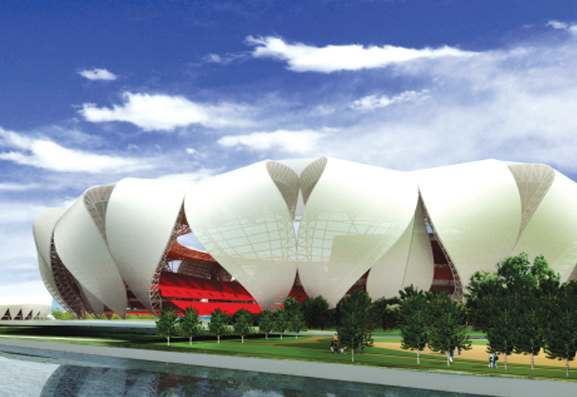Intelligent Dimmable LED Control: Reconciling Performance and Efficiency in Sports Hall Lighting
Intelligent Dimmable LED Control: Reconciling Performance and Efficiency in Sports Hall Lighting

Directory:
1. Introduction
2. Technical Approach
3. Implementation Case Study
4. Performance Outcomes
5. Validation and Measurement
6. Economic and Practical Advantages
1. Introduction
Modern sports facilities face dual challenges: providing high-quality illumination that meets international standards while minimizing energy consumption and visual discomfort. This article presents a novel approach for upgrading sports hall lighting using intelligently controlled dimmable LED systems, demonstrating significant improvements in glare reduction and energy efficiency.
2. Technical Approach
The lighting redesign centers on three key innovations:
2.1 Specialized Luminaires: Industrial-grade dimmable LED fixtures (100W, 5000K) with custom 60° directional diffusers were implemented to precisely control light distribution and minimize glare.
2.2 Integrated Lighting Control: A 1-10V dimming system dynamically balances natural daylight and artificial light, automatically adjusting output based on occupancy and available sunlight.
2.3 Observer-Centric Glare Analysis: Unified Glare Rating (UGR) calculations were performed for sport-specific player positions (e.g., goalkeepers, setters, guards) to ensure visual comfort during athletic activities.
3. Implementation Case Study
The system was deployed in a Class III university sports hall (per EN 12193:2019) hosting diverse activities including basketball, volleyball, handball, and gymnastics. Key design considerations included:
High mounting height (9+ meters) requiring long-life, low-maintenance fixtures
Balanced color temperature (5000K) for seamless integration with daylight
Position-specific glare modeling for 17 critical athlete viewpoints across 5 sports
4. Performance Outcomes
The optimized lighting solution delivered substantial benefits:
Glare Control: Maintained UGR ≤ 25 for all athlete positions and sports—meeting stringent Class III requirements despite LED implementation challenges.
Energy Efficiency: Achieved 75% reduction in electricity consumption compared to the previous lighting system.
Illuminance Performance: Exceeded EN 12193 requirements by 8-48% across sports while maintaining excellent uniformity (u₀ = 0.7-0.8).
Operational Flexibility: "Virtual control" capability allows gradual dimming adjustment (starting at 80% output) to compensate for future lumen depreciation.
5. Validation and Measurement
Post-installation photometric measurements confirmed performance:
Average illuminance: 377.5 lux (27% above design targets)
Uniformity (u₀): 0.56 at floor level
Consistent glare control across all monitored player positions
6. Economic and Practical Advantages
The solution demonstrates compelling value:
Payback period under 6 months due to energy savings
Reduced maintenance costs from 5-year luminaire warranties
Minimal structural modifications during installation
Scalable to similar sports facilities
This integrated dimmable LED approach effectively reconciles the competing demands of sports lighting: stringent visual requirements, glare mitigation, and energy conservation. By combining specialized optical design, dynamic daylight integration, and position-specific glare analysis, the system sets a replicable standard for upgrading existing sports facilities. Future implementations could expand dynamic control capabilities and explore glare optimization for broadcast camera sightlines.
